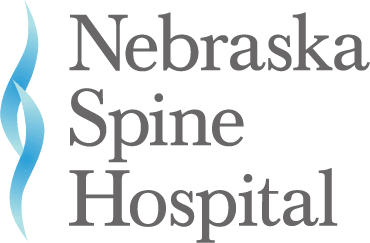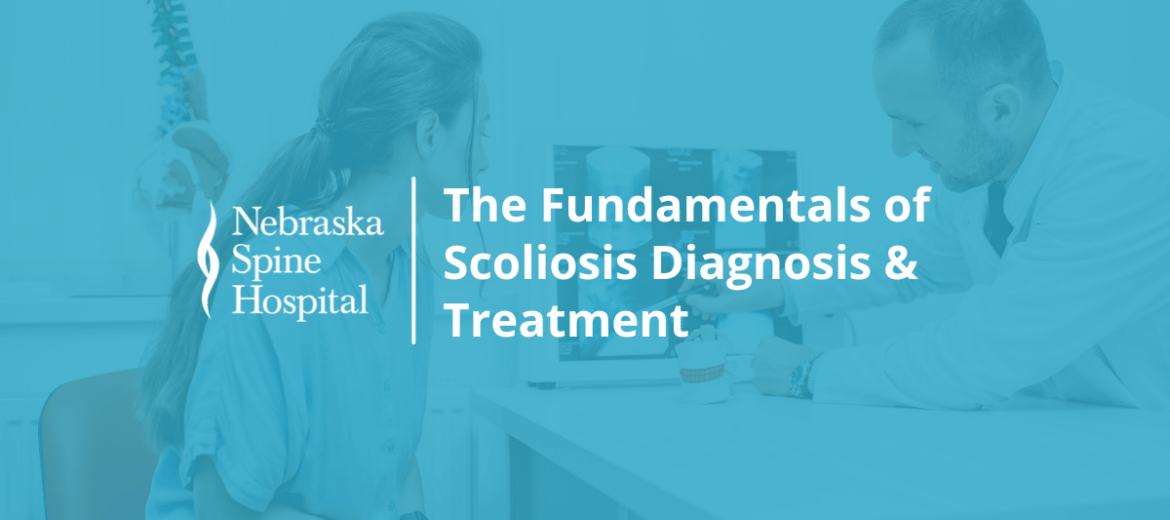Scoliosis is a common spinal condition that affects millions of people worldwide. It involves an abnormal sideways curvature of the spine, which can lead to postural changes, discomfort, and potential health complications. In observance of Scoliosis Awareness Month, we have provided a comprehensive overview of scoliosis, covering its causes, symptoms, diagnosis, and treatment options. Whether you or a loved one has been diagnosed with scoliosis or you simply want to learn more about this condition, this article aims to provide a solid foundation of knowledge.
Understanding Scoliosis
Scoliosis can affect individuals of any age, but it most commonly develops during childhood and adolescence. It often occurs during the growth spurt just before puberty. While the exact cause of scoliosis is not always clear, there are several known factors that can contribute to its development. These include genetic factors, neuromuscular conditions, birth defects, and certain infections or injuries.
Identifying the Symptoms
The symptoms of scoliosis can vary depending on the severity of the curvature and the age of the individual. In mild cases, scoliosis may be asymptomatic and go unnoticed. However, as the curvature progresses, common signs and symptoms may include:
- Uneven shoulders or waistline
- Off-center head position
- Uneven hip alignment
- Prominent shoulder blade or rib hump
- Back pain or discomfort
- Limited mobility or flexibility
It is important to note that these symptoms are not exclusive to scoliosis and may also be present in other spinal conditions or unrelated issues. Therefore, a proper diagnosis is crucial for accurate identification and treatment.
Diagnosis and Evaluation
If you suspect scoliosis or notice any potential symptoms, it is advisable to consult a medical professional, preferably a specialist in spinal conditions. The diagnosis typically involves a physical examination, medical history review, and imaging tests such as X-rays, MRIs, or CT scans. These tests help determine the degree of curvature and its impact on the spine’s structure.
Degrees of Curvature and Treatment Options
Scoliosis is classified based on the degree of curvature, measured in degrees. The three main categories are:
- Mild (Curvature less than 25 degrees): In many cases, mild scoliosis does not require active treatment. Regular monitoring and periodic check-ups with a healthcare professional may be recommended to ensure the curvature does not progress.
- Moderate (Curvature between 25 and 40 degrees): Moderate scoliosis may call for more active treatment measures. Non-surgical options such as physical therapy exercises, bracing, or orthotic devices can be utilized to prevent further progression of the curve.
- Severe (Curvature greater than 40 degrees): Severe scoliosis often necessitates surgical intervention. Spinal fusion surgery is the most common surgical procedure performed to correct the curvature and stabilize the spine.
It’s important to note that treatment plans are individualized, taking into account factors such as age, skeletal maturity, degree of curvature, and potential complications. Consultation with a spine specialist is crucial to determine the most appropriate course of action.
Living with Scoliosis
While scoliosis can present challenges, there are many ways to manage the condition and maintain a good quality of life. Physical therapy exercises and regular stretching can help improve posture, flexibility, and overall spinal health. It is also important to stay active, maintain a healthy weight, and practice good body mechanics to minimize strain on the spine. Emotional support and counseling can be beneficial for individuals navigating the challenges associated with scoliosis.
Scoliosis is a complex spinal condition that requires careful attention and management. By understanding the basics of scoliosis, individuals can make informed decisions about their health and well-being. Remember, early detection and appropriate treatment can significantly improve outcomes and minimize potential complications. If you suspect scoliosis or have concerns about your spinal health, do not hesitate to consult the expert team at Nebraska Spine Hospital for a thorough evaluation and personalized care.



